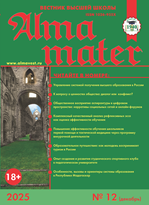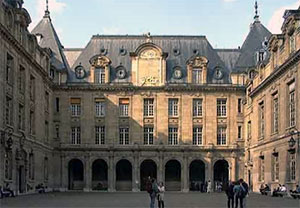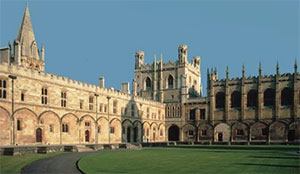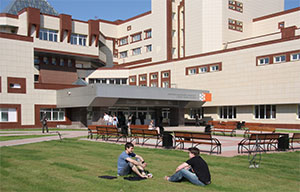УДК 316.4
https://doi.org/10.20339/AM.03-23.021
Sergey A. Vetrov, Dr. Sci. (Philosophy), Head of Public Relations, Service and Tourism Department at Omsk State Transport University, e-mail: s.a.vetrov64@yandex.ru
Denis V. Konishevsky, Ph.D., Associate Professor of Russian and Foreign Languages Department at Omsk State Transport University, e-mail: dv_konishevsky@mail.ru
The problem of the actualization of medieval values arises with enviable consistency, which is due to certain reasons. In the ideals of the Middle Ages people want to see the best of what they have lost. That is why there is periodic interest in the era, which is associated with the capacity for ascesis and heroism. There is a need for spiritual rebirth in contemporary society. A need for sincere faith and for true knowledge. The very idea that the age of humanism is ending, and that the era of the new Middle Ages must begin. The time is coming when a new culture will be born, one that creates values for neither practical purposes nor continuous enjoyment. We need more and more a person who will base his/her activity on ideals, and not on primitive pragmatism. Modern culture faces challenges that are much like those of the Middle Ages. The primary task is to discipline, to develop and spiritualize people in different ways, or to accumulate “spiritual energy” in a developed person. In turning to the Middle Ages, our contemporary unconsciously seeks to create a new reality, to find a new canon.
Keywords: Middle Ages, humanism, positivism, spiritual rebirth, neo-feudalism, medievalism, aesthetics, constructivism, imperial project
References
1. Sorokin, P.A. Nikolay Berdyaev. URL: https://www.xpa-spb.ru/libr/-Berdyaev-pro-et-contra-kniga-1/477-Sorokin-... (accessed on: 23.01.2023).
2. Spengler, O. The decline of Europe. Essays on the Morphology of World History. 1–2 vols. Moscow: Academic Project, 2022. 1198 p.
3. Galbraith, J.K. The Society of Plenty. Мoscow, 2018. 404 p.
4. Jacobs, J. The decline of America. Ahead of the Middle Ages. Мoscow, 2007. 264 p.
5. Huizinga, J. The Autumn of the Middle Ages. Homo Ludens. Essays. Moscow: CoLibri, 2019. 1232 p.
6. Foucault, M. Need to protect society. St. Petersburg: Nauka, 2005. 312 p.
7. Vasilchenko, A.V. The occult myth of the Third Reich. Moscow: Yauza-press, 2008. 625 с.
8. The Nazi past of Golden Dawn, which it now denies. URL: http://www.grreporter.info/en/nazi_past_golden_dawn_which_it_now_denies/7775 (accessed on: 23.01.2023).
9. Goodrick-Clarke, N. Black Sun: Aryan Cults, Esoteric Nazism and the Politics of Identity. New York–London: New York University Press, 2002. 371 p.
10. The concept of "Litvins" in the ethno-cultural self-consciousness of the Belarusians. Evidence from written sources of the 14th-17th centuries. Belorusskaya Dumka. 2009. No. 11. P. 102–109.
11. “The Great Turan” — myth or perspective? URL: https://www.toptj.com/News/2022/11/29/velikiy-turan-mif-ili-perspektiva (accessed on: 23.01.2023).
12. Born of Maidan: How the Bloody Misanthropic Division blossomed in Ukraine. URL: https://news-front.info/2022/05/29/rozhdennye-majdanom-kak-na-ukraine-ra... (accessed 23.01.2023).
13. Turchinov, O. A tale about Dobromol. URL: https://www.rulit.me/books/kazka-pro-dobromola-read-691567-1.html (accessed on: 23.01.2023).
14. Rada deputies demanded registration of pagan community in Kyiv. URL: https://lenta.ru/news/2017/05/26/rurik_wake_up/ (accessed on: 23.01.2023).
15. Solovyov, S.M. History of Russia since the most ancient times. Moscow: Eksmo, 2022. 1024 p.












.png)






